Bearded dragons have taken the reptile pet world by storm with their charming personalities and relatively easy care requirements. These spiky-yet-gentle lizards from Australia have found their way into thousands of homes, bringing with them a unique set of experiences that only fellow “beardie” owners truly understand. From their head-bobbing communications to their peculiar bathroom habits, bearded dragons create a special bond with their owners that comes with its own language and inside jokes. Whether you’re a longtime beardie parent or considering bringing one of these fascinating reptiles into your home, this collection of 25 bearded dragon quirks and care realities will have you nodding in agreement or prepare you for what lies ahead in the wonderful world of dragon ownership.
1. The Judgemental Stare

Every bearded dragon owner knows the feeling of being watched—constantly. Those unblinking, side-eye glances can make you feel like you’re being judged for every life decision you’ve ever made. Your beardie will stare at you while you eat, while you clean, and especially when you’re trying to have a private moment. There’s something both endearing and mildly unsettling about turning around to find your scaly friend has been silently observing you for who knows how long. Many owners report feeling like they need to explain themselves to their beardies after making a questionable food choice or watching too many hours of television.
2. The Salad Standoff
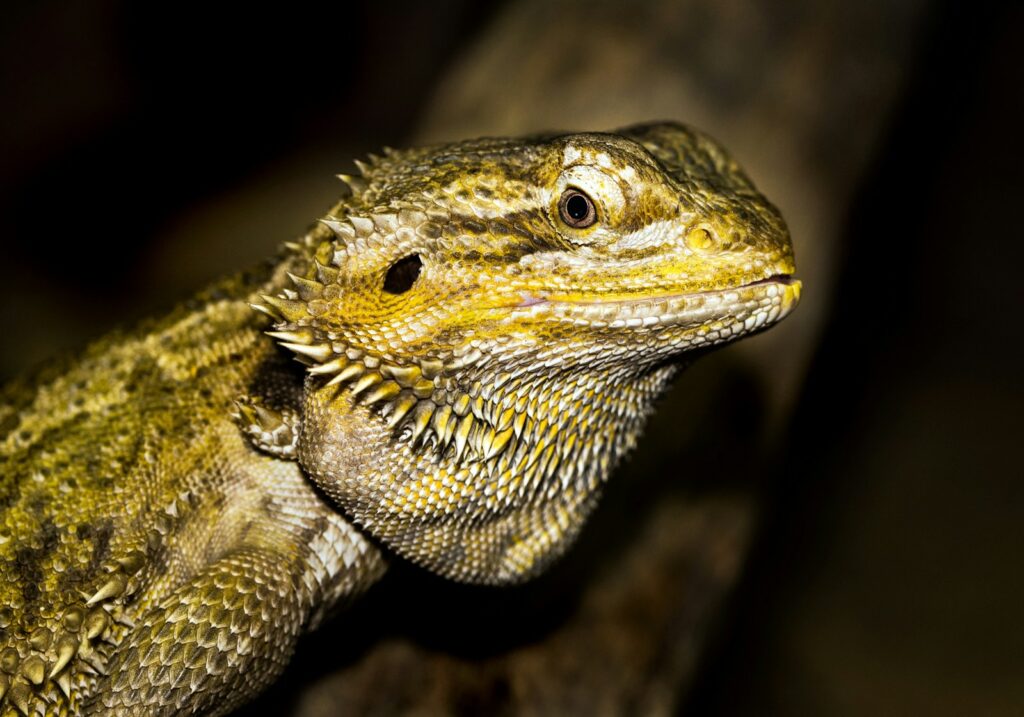
Despite being omnivores who should eat plenty of greens, many bearded dragons stage impressive hunger strikes when presented with anything that isn’t moving. You’ve likely spent money on organic spring mix, carefully chopped bell peppers, and perfectly portioned squash, only to have your beardie look at you like you’ve committed a grave insult. Some particularly stubborn dragons will refuse to acknowledge the existence of vegetables for days, holding out for crickets or worms with impressive determination. Owners become masters of salad disguise, hiding nutritious greens under a few wriggling insects or trying endless combinations of vegetables to find the magical mix that their picky eater will deign to consume.
3. The Glass Surfing Phenomenon
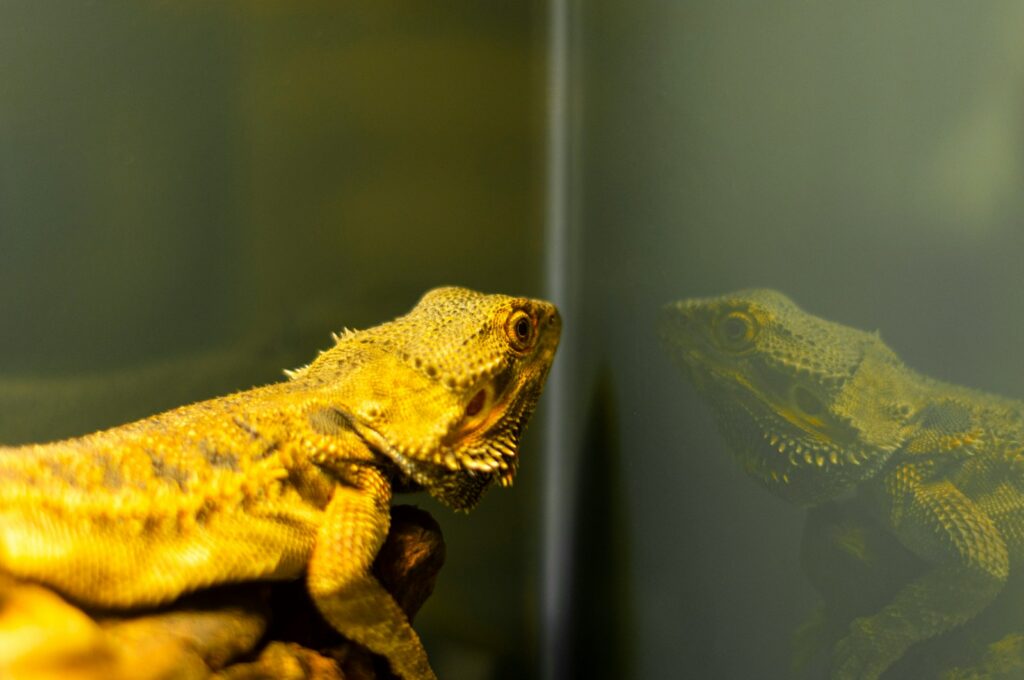
There are few things more confusing to new bearded dragon owners than the first time they witness their pet frantically pawing at the glass of their enclosure. This behavior, known affectionately as “glass surfing,” can mean anything from boredom to territorial display to simply wanting to explore beyond their current boundaries. Many concerned owners have made emergency calls to reptile vets, only to discover their dragon is essentially doing the lizard equivalent of a toddler saying “I’m bored” or “I want out.” Experienced owners learn to distinguish between casual surfing and stressed surfing, often responding by providing environmental enrichment or some supervised free-roam time.
4. The Dramatic Beard Display
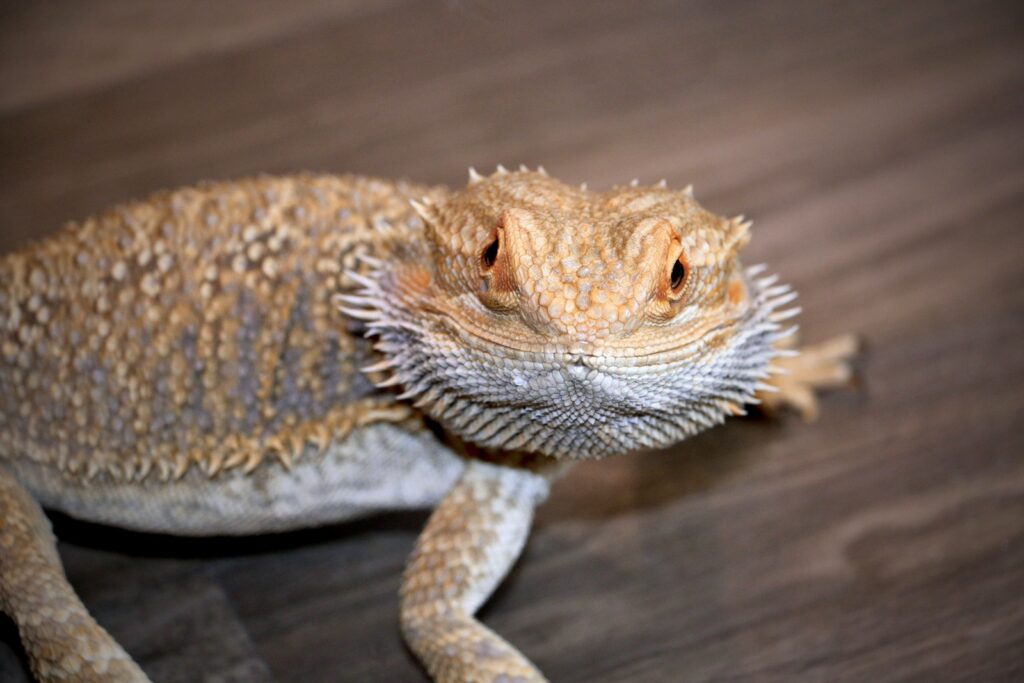
The moment your normally docile pet suddenly puffs out their beard and turns it black is both alarming and fascinating for first-time owners. This impressive display gives bearded dragons their name, but understanding what triggers it becomes an ongoing study for their human companions. Your beardie might blacken its beard when feeling threatened, trying to impress a potential mate, regulating temperature, or sometimes for reasons that remain mysterious even to experienced herpetologists. Owners quickly learn to decode the difference between a territorial display aimed at their reflection and an angry puff directed at the household cat who wandered too close to the tank.
5. The Bathroom Surprise Ambush
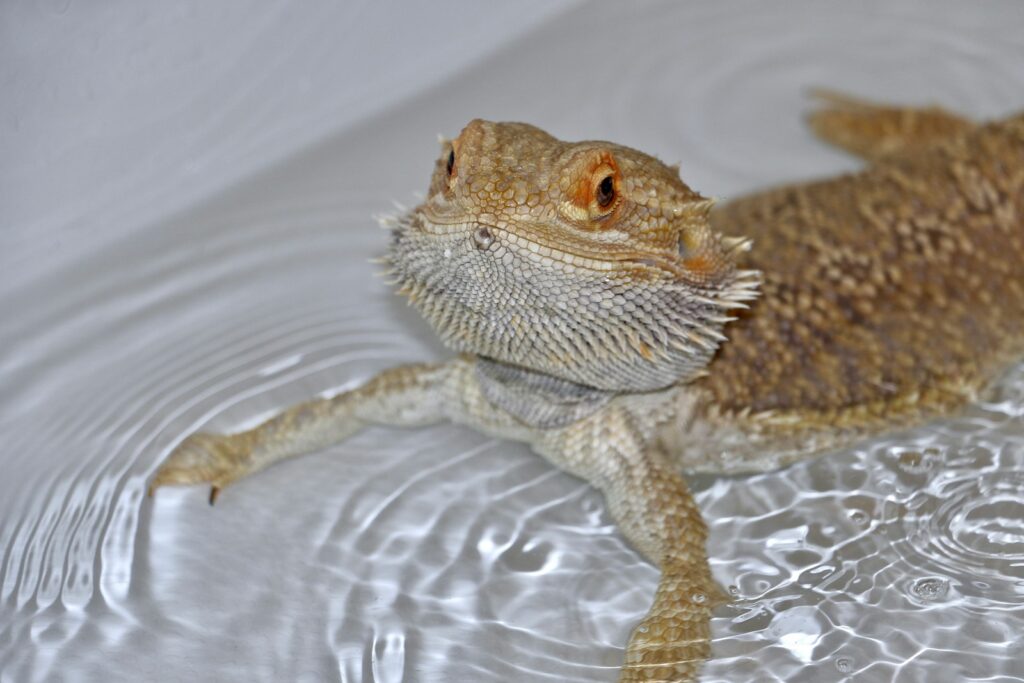
Bearded dragon owners develop lightning-fast reflexes specifically for bath time, knowing that relaxing in warm water invariably triggers their pet’s bowel movements. The first time this happens may be shocking, but it quickly becomes an expected part of the bathing routine that owners prepare for with paper towels and cleaning supplies at the ready. Experienced owners strategically time baths to avoid messy cage cleanings, essentially using warm water soaks as a form of reptilian plumbing. New dragon parents often share mortifying stories of being caught unprepared during their first shoulder-riding experience, learning the hard way that dragons show no loyalty when nature calls.
6. The Sun Worship Sessions
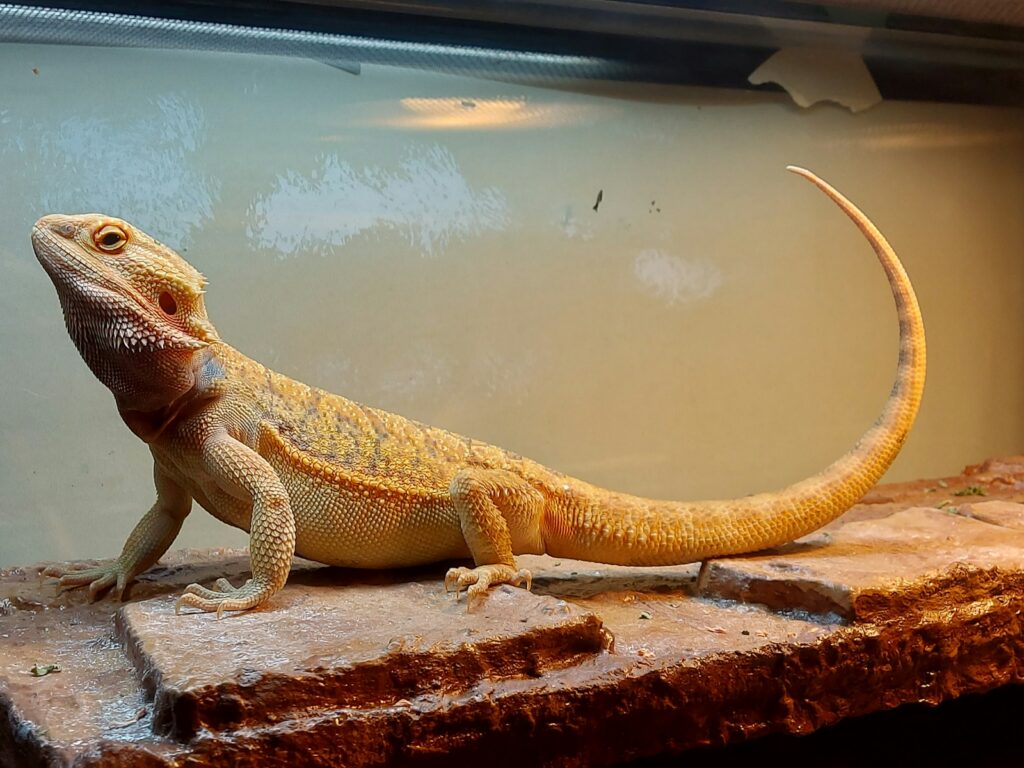
Few things bring more joy to a bearded dragon owner than watching their pet flatten themselves into what the community lovingly calls “pancake mode” under their basking lamp. This behavior, when dragons compress their bodies to maximize surface area for heat absorption, transforms them from three-dimensional lizards to flat dragon pancakes with splayed limbs and closed eyes of contentment. Owners frequently find themselves taking excessive photos of this common but adorable behavior, filling their phones with nearly identical pictures of their flattened friends. The pancake position becomes so endearing that many owners become genuinely concerned if their dragon doesn’t assume the position during their daily basking routine.
7. The Cricket Escape Crisis
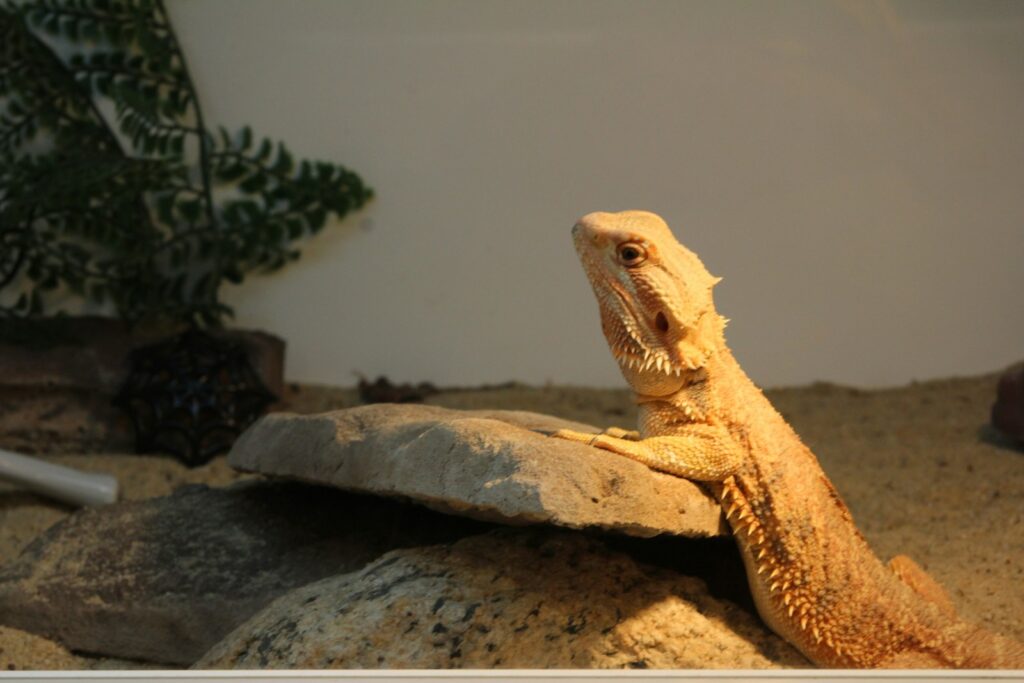
Every bearded dragon owner eventually experiences the great cricket jailbreak, typically discovered in the middle of the night when the persistent chirping of an escaped feeder insect makes sleep impossible. What started as a simple feeding session somehow results in a house-wide cricket hunt, with owners crawling around with flashlights trying to locate the surprisingly elusive insects. Veteran dragon keepers develop elaborate cricket containment systems and backup plans for the inevitable escapees, including strategic placement of sticky traps in corners where the fugitives tend to congregate. Many reluctant household members have been recruited for emergency cricket roundups, creating memories that family members don’t let dragon owners forget.
8. The Head Bob Communication
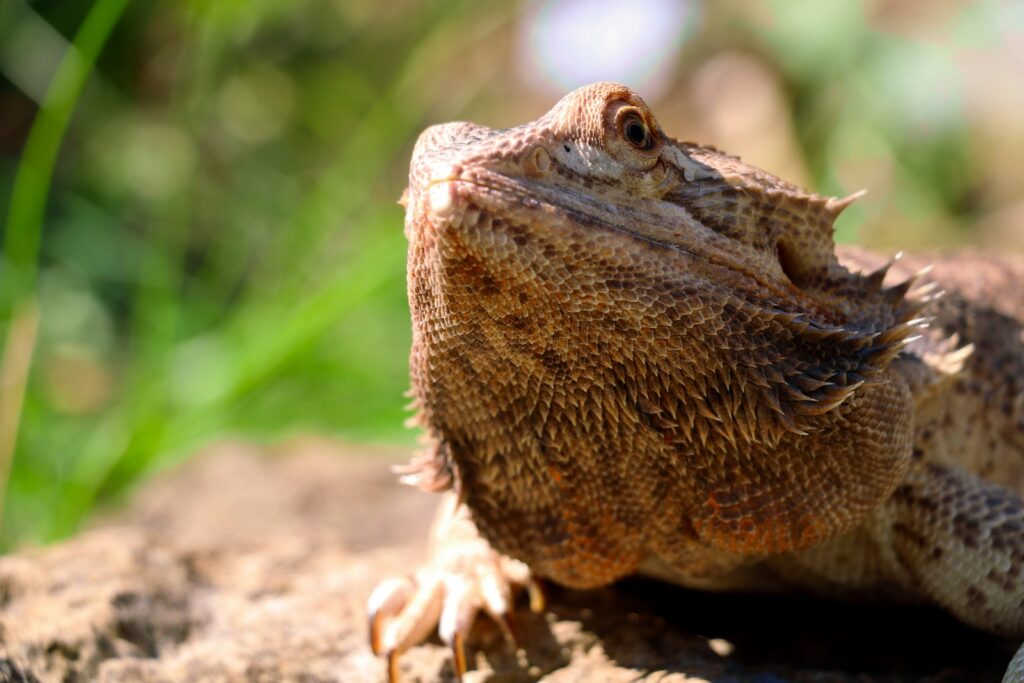
The first time your bearded dragon bobs its head at you, you’ll likely find yourself involuntarily bobbing back, initiating an inter-species conversation you don’t fully understand. Head bobbing serves multiple purposes in dragon communication, from dominance displays to mating readiness to general acknowledgment of another being’s presence. Owners often develop their own bob-based communication system with their pets, convinced that their dragon understands specific patterns as greetings or responses. Many bearded dragon enthusiasts have admitted to bobbing at their dragons in public settings out of habit, drawing curious stares from people who haven’t experienced the satisfaction of a returned head bob from a scaly companion.
9. The Arm Wave Mystery
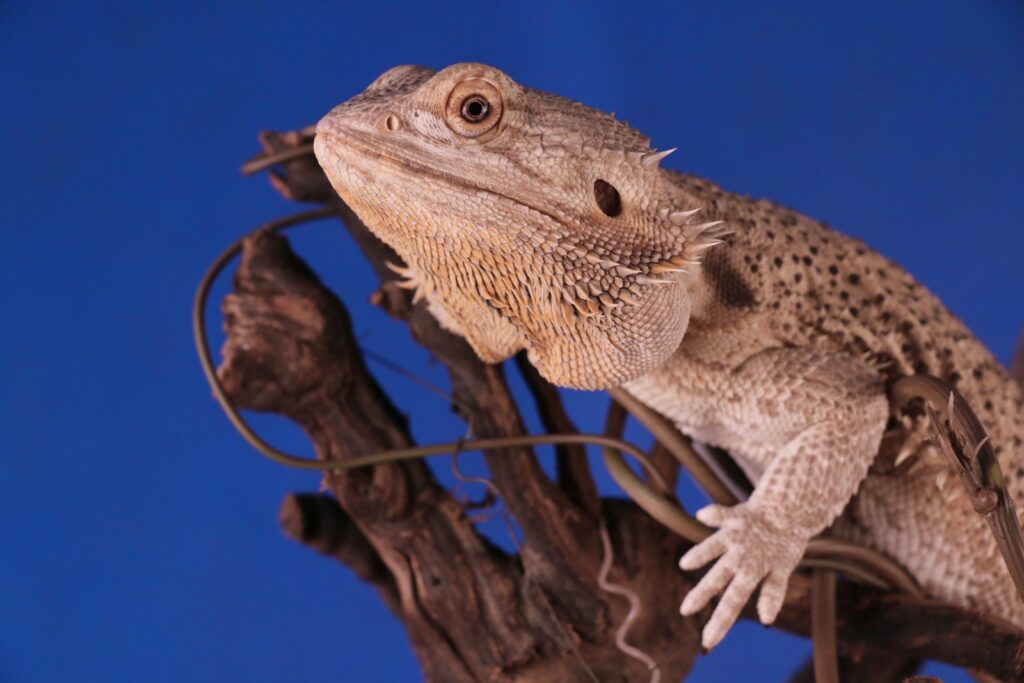
Few bearded dragon behaviors are as charming or confusing as the slow, deliberate arm wave that seems to come out of nowhere. This wave, which looks remarkably like a friendly human greeting, actually serves as a submission signal in dragon society, but that doesn’t stop owners from interpreting it as their pet saying hello. Dragon parents often report feeling special when their pet waves at them, despite knowing the behavior likely indicates their dragon recognizes them as the dominant being in the relationship. Some particularly enthusiastic owners have created social media accounts dedicated to capturing their dragon’s waves, complete with appropriate soundtracks and slow-motion edits.
10. The UVB Bulb Obsession
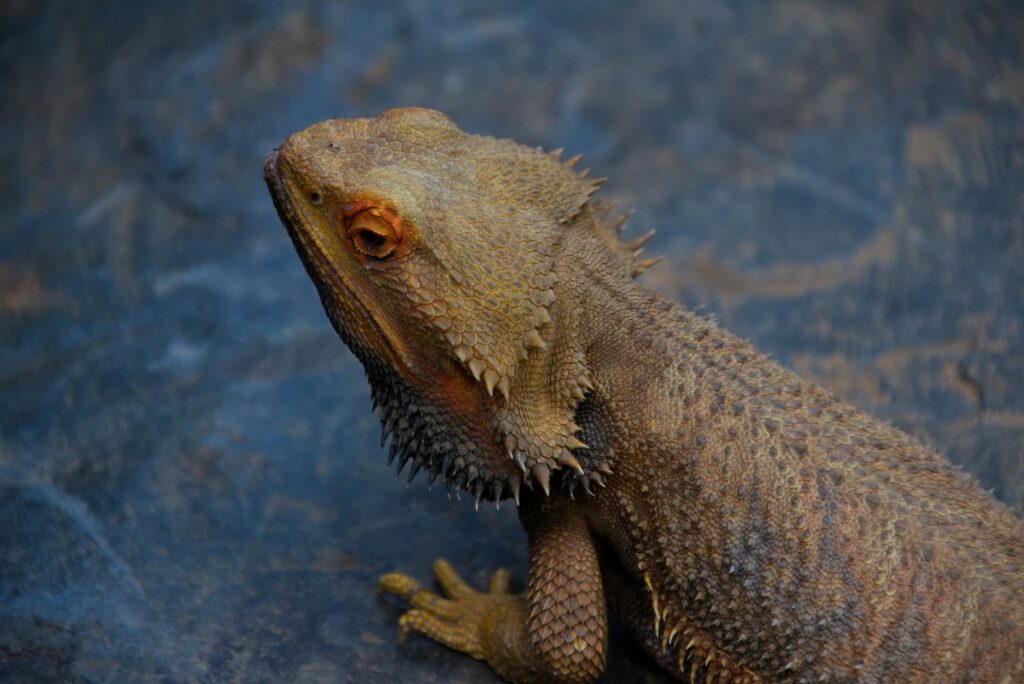
Bearded dragon owners develop a surprising knowledge of lighting technology, often becoming impromptu physics experts on UVB wavelengths and decay rates. Conversations about T5 versus T8 bulbs, optimal mounting heights, and mesh interference with UVB penetration become normal dinner table discussions in households with bearded dragons. Owners track bulb replacement schedules with greater precision than their own important calendar events, understanding that proper lighting directly impacts their pet’s bone health and overall wellbeing. The financial investment in proper lighting often surprises new owners, who quickly learn that the initial cost of the dragon itself is just the beginning of a lifelong commitment to purchasing specialized reptile lighting equipment.
11. The Brumation Confusion

Nothing sends a first-time bearded dragon owner into panic mode quite like their normally active pet suddenly refusing food and sleeping for days on end. This natural slowing of metabolism, known as brumation, mimics mammalian hibernation and often occurs seasonally even in captive dragons with controlled environments. Owners typically cycle through denial, bargaining, and finally acceptance as they realize their dragon is simply taking an extended seasonal nap, not suffering from a mysterious ailment. Support groups for bearded dragon owners see a predictable spike in frantic posts during brumation seasons, with experienced keepers reassuring newcomers that their dragons haven’t actually fallen into comas or worse.
12. The Bearded Dragon Sploot

Bearded dragon owners become intimately familiar with the “sploot” – that moment when their dragon extends their back legs straight behind them in a position that would indicate serious hip problems in most other animals. This remarkably flexible posture, often accompanied by an alert head position, becomes a favorite photo opportunity for owners who collect images of their dragons in various sploot positions throughout the house. Many owners worry about this unusual positioning until they learn it’s completely normal dragon behavior, just one of many strange but endearing postures these reptiles naturally adopt. Dragon enthusiasts often compete for the most dramatic sploot photo, creating entire online galleries dedicated to this peculiar but adorable stretching position.
13. The Home Redecoration Project
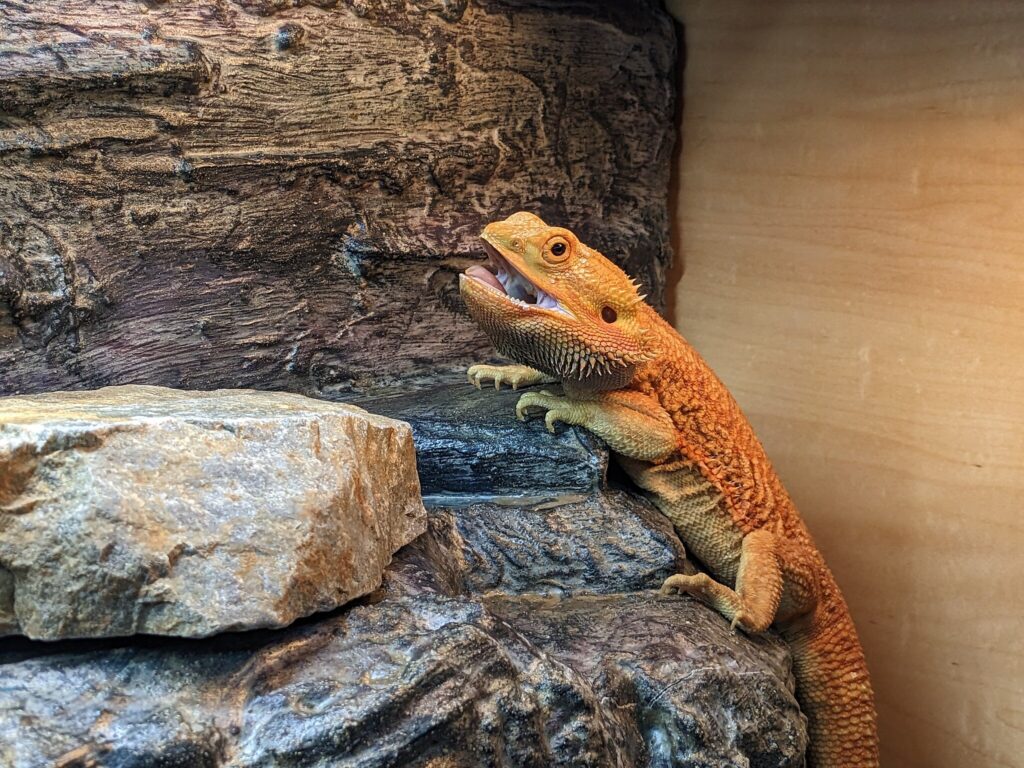
Bearded dragon owners quickly learn that their pets have strong opinions about interior design, particularly regarding their own enclosures. You might spend hours perfectly arranging logs, rocks, and plants in an aesthetically pleasing layout, only to find your dragon has bulldozed everything within hours to create their own preferred arrangement. Many owners give up on maintaining a specific design after multiple attempts, surrendering to their dragon’s apparent need to personalize their space by dragging hide boxes to improbable locations and repeatedly burying water dishes. Some particularly determined dragons develop signature redecorating moves, such as systematically pushing substrate against glass or creating elaborate tunnel systems that defy the laws of physics.
14. The Dubious Food Testing Protocol
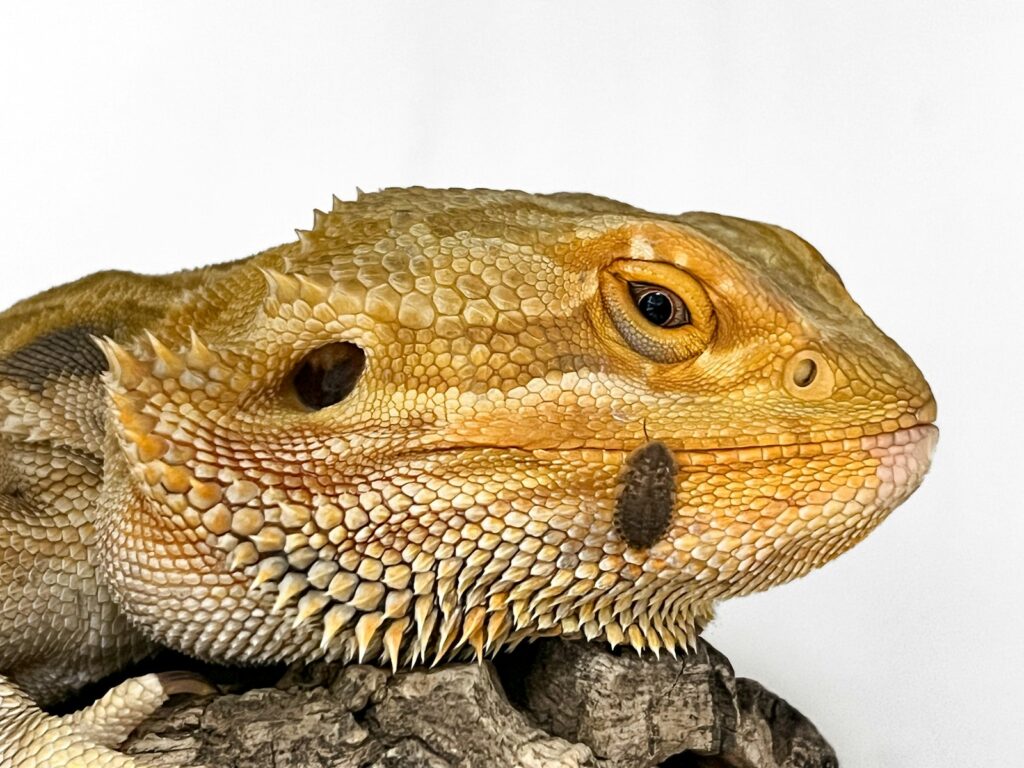
Every bearded dragon has their own peculiar method of investigating new foods, ranging from cautious licking to aggressive head tilting and squinting. Owners become intimately familiar with their dragon’s food inspection routine, learning to interpret subtle head movements that indicate interest versus disgust. The testing protocol typically involves repeated tongue flicks, dramatic side-eye, and sometimes a brief touch with a front foot before the dragon decides whether something is worthy of consumption. Many dragons reserve a special level of scrutiny for new vegetables, seeming to understand that these items might be sneakily disguised nutrition rather than delicious treats, requiring extra examination before reluctant consumption.
15. The Shoulder Dragon Experience
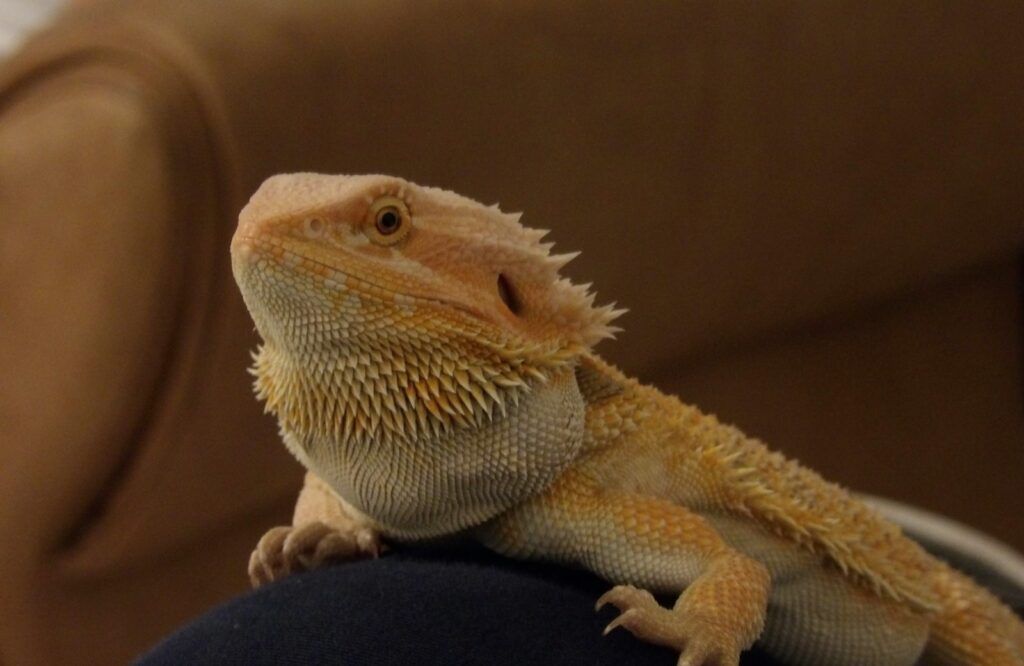
There’s an undeniable pride that comes with being chosen as a suitable perching spot by your bearded dragon, particularly when they claim your shoulder as their preferred observation post. This “shoulder dragon” phase transforms routine household activities into dragon adventures, with your pet surveying the domain from their elevated position while you wash dishes or fold laundry. Experienced shoulder dragon handlers develop techniques for quick transfers during necessary movements, learning how to shift their pet without disturbing the dragon’s dignified perch. Many owners report their dragons developing preferences for specific shoulders or head positions, some even refusing to sit on certain family members while showing clear favoritism to others.
16. The Substrate Debates
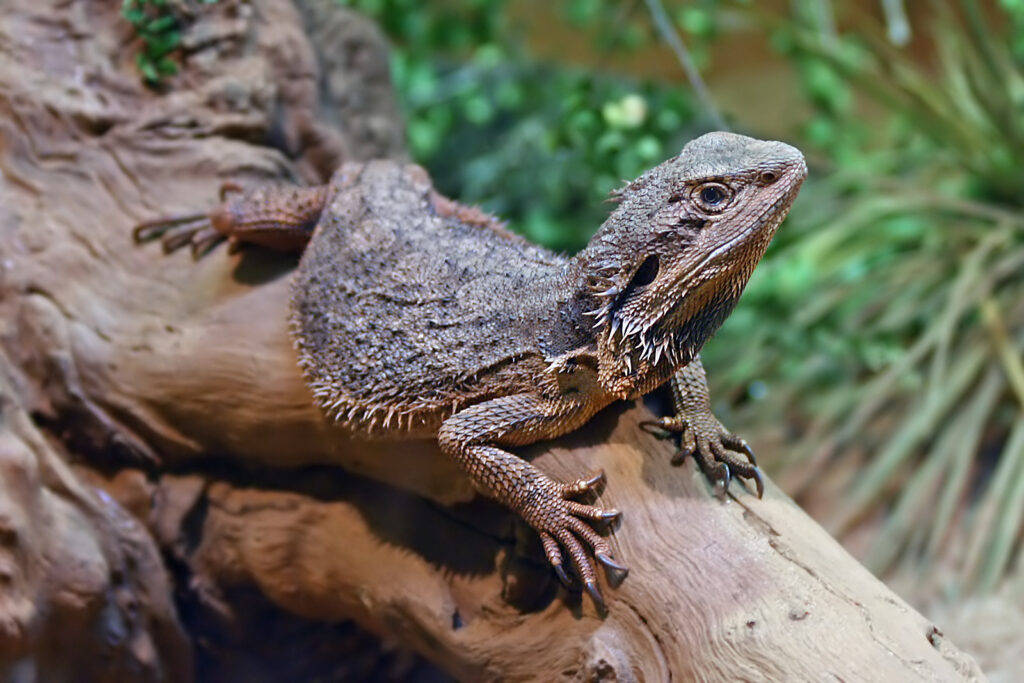
Few topics generate more heated discussion among bearded dragon enthusiasts than the great substrate debate, with passionate advocates defending their preferred bottom covering with religious fervor. New owners quickly discover that mentioning loose substrate in online forums can trigger lengthy debates about impaction risks, while tile supporters and bioactive enclosure enthusiasts wage an ongoing battle of scientific citations and anecdotal evidence. Many dragon parents have experimented with multiple options before settling on their preferred substrate, often maintaining strong opinions about the superiority of their choice while secretly wondering if they should try something new. The substrate journey often begins with whatever the pet store recommended and evolves through various materials as owners become more experienced and opinionated about their dragon’s habitat.
17. The Temperature Gun Obsession
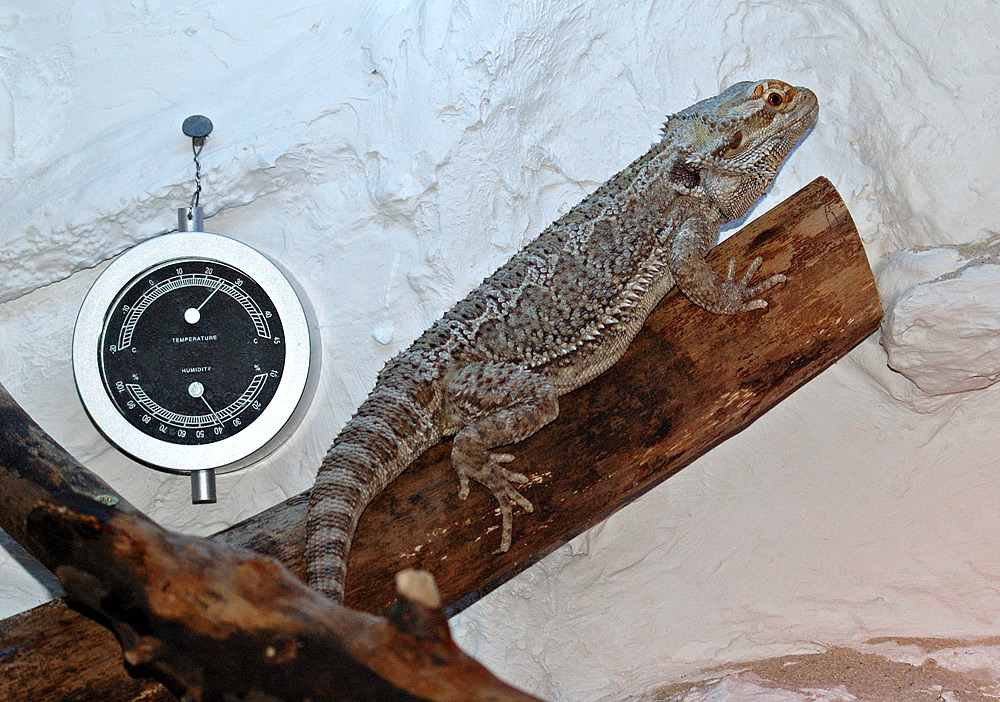
Bearded dragon ownership inevitably leads to the purchase of an infrared temperature gun and the subsequent compulsion to measure the temperature of everything in your home. What begins as a necessary tool for ensuring proper basking temperatures transforms into an entertaining household device that family members find you using to check the temperature of dinner plates, coffee cups, and even other pets. Many owners develop specific temperature checking routines, keeping detailed logs of various spots in the enclosure throughout the day and adjusting equipment with scientific precision. The satisfaction of achieving the perfect temperature gradient becomes a source of pride that non-reptile owners simply cannot understand, leading to lengthy explanations about the importance of proper thermal regulation to bewildered friends and family.
18. The Shed Support System
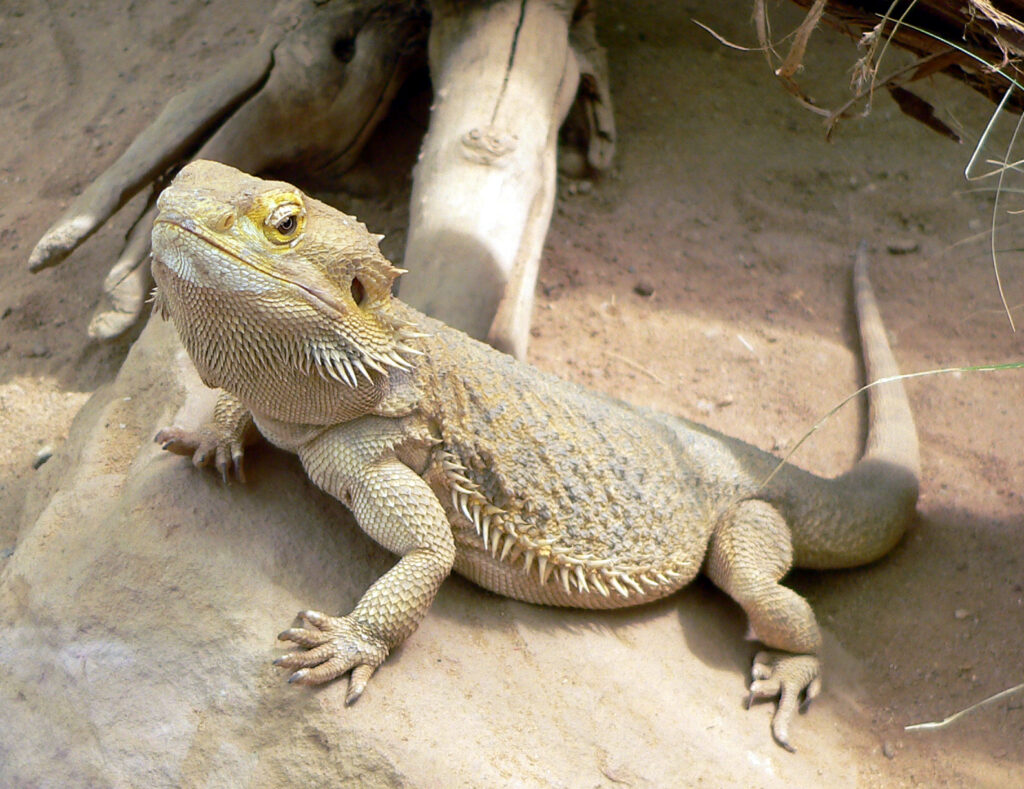
Bearded dragon owners transform into attentive dermatologists during shedding season, monitoring each flake of old skin with the attention of a helicopter parent. You quickly become familiar with the dull, grayish appearance that precedes a shed and develop a range of techniques to support your dragon through this uncomfortable process. Many owners schedule special bathing sessions during sheds, carefully monitoring humidity levels and sometimes providing gentle assistance with particularly stubborn patches around the eyes or tail tip. The satisfaction of finding a perfect, intact shed beard or seeing your dragon emerge in vibrant new colors after a complete shed creates an unusual sense of accomplishment, often documented with before-and-after photoshoots shared with equally enthusiastic reptile enthusiasts.
19. The Silent Communication System

Long-term bearded dragon owners develop an almost telepathic understanding with their scaly companions, interpreting subtle behavioral cues that would be invisible to casual observers. You learn to distinguish between the slightly different head tilts that indicate curiosity versus hunger, or the particular way your dragon positions themselves when they’re ready for handling versus when they prefer to be left alone. This silent language evolves over years of companionship, with many owners reporting they can predict their dragon’s next move or need based on almost imperceptible changes in posture or eye movement. Experienced dragon keepers often find themselves explaining these subtle communications to skeptical friends who fail to see the difference between what appears to be identical lizard expressions.
20. The Unexpected Speedsters
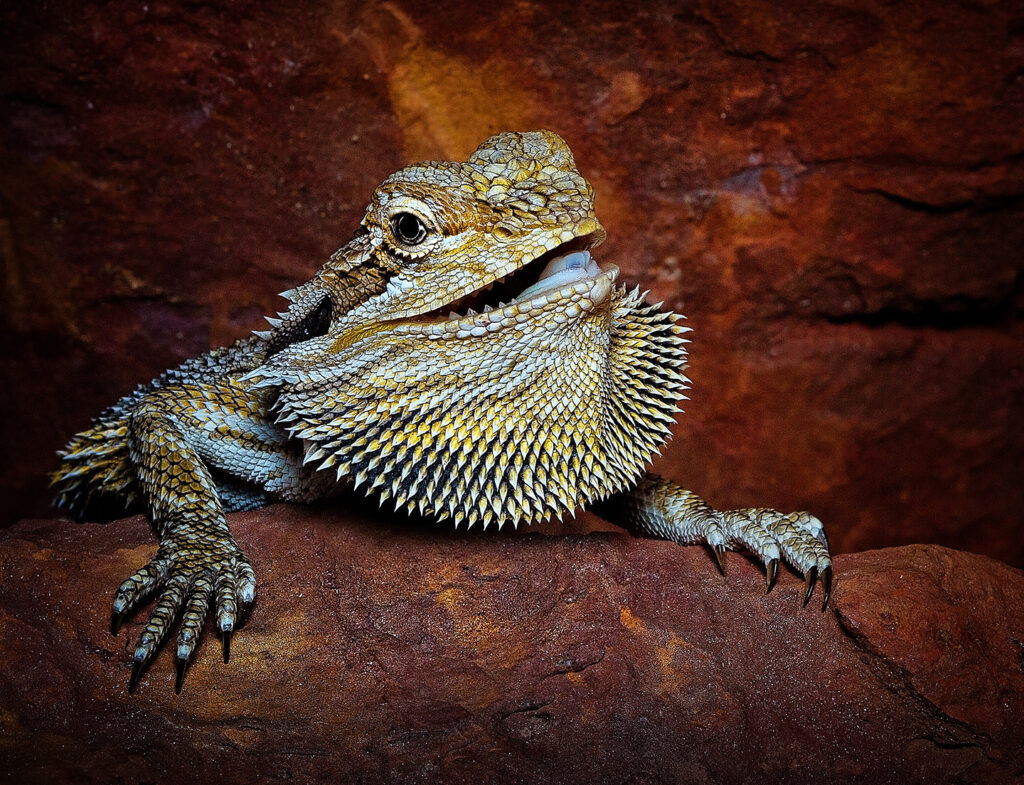
Despite their generally laid-back nature, bearded dragons reveal surprising bursts of speed that catch new owners completely off guard. The first time your normally sluggish pet transforms into a lightning-fast reptile missile is typically when they spot an interesting insect or become startled by an unexpected noise. Many dragon parents share stories of momentary lapses in attention during outdoor time that resulted in frantic searches for their surprisingly quick pets. Experienced owners develop a healthy respect for their dragon’s speed capabilities, creating secure exploration areas and maintaining a constant alertness during free-roam time that non-reptile owners might find excessive.
21. The Dragon Fashion Shows
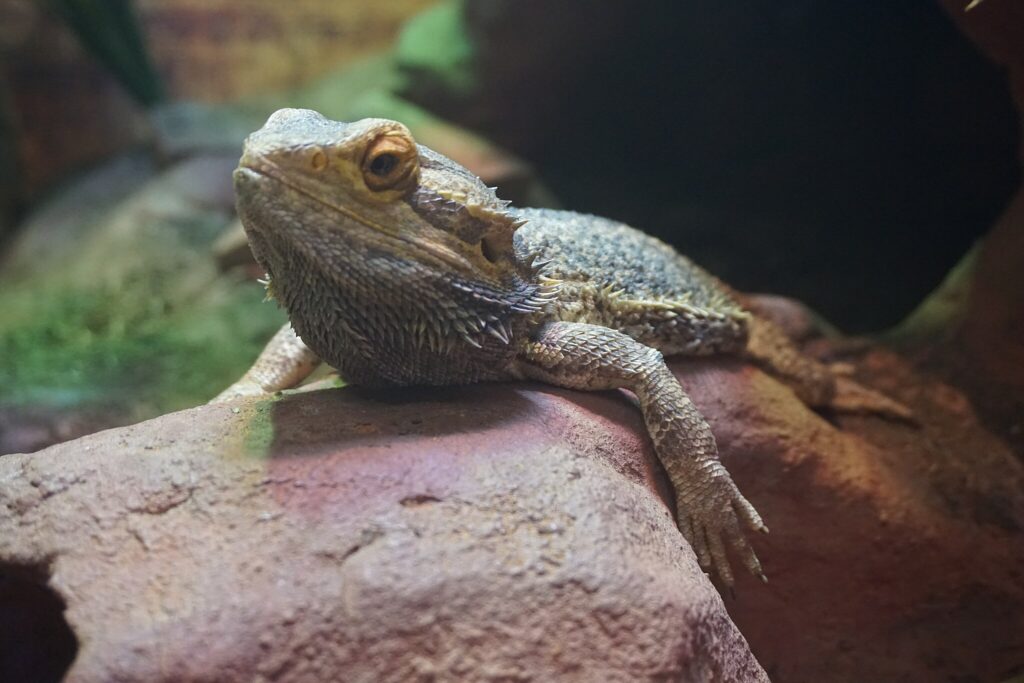
Against all reasonable expectations, bearded dragon owners often find themselves building collections of tiny hats, costumes, and accessories for their surprisingly tolerant reptiles. What starts as a humorous holiday photo opportunity can evolve into an extensive wardrobe of seasonal outfits, with dragons patiently enduring brief dress-up sessions in exchange for extra attention and treats. Many dragons develop preferences for certain accessories, seemingly enjoying the extra handling time even if the tiny wizard hat or dinosaur costume remains in place for only minutes. Social media has amplified this trend, with entire accounts dedicated to bearded dragons in elaborate costumes that generate thousands of followers and inspire other owners to explore their dragons’ modeling potential.
22. The Feeder Insect Supply Chain
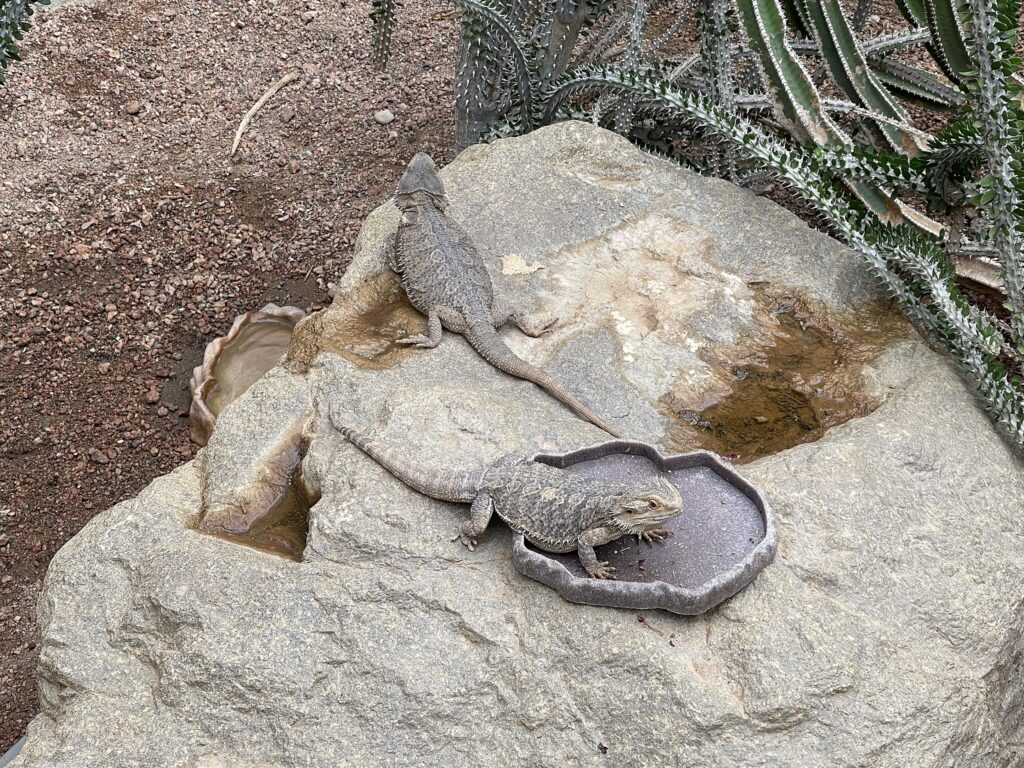
Bearded dragon ownership transforms ordinary people into insect farming experts, managing complex breeding colonies of crickets, dubia roaches, or superworms with surprising dedication. Your home likely contains at least one container of wiggling creatures at any given time, with feeding schedules that rival the complexity of your dragon’s own care regimen. Many owners develop sophisticated systems for gut-loading feeder insects with nutritious foods before offering them to their dragons, essentially creating a multi-tiered feeding operation to ensure optimal nutrition. Friends and family members quickly learn to check containers before opening them, having been surprised one too many times by escaped feeders or the distinctive aroma of a thriving dubia colony hidden in a quiet corner of your home.







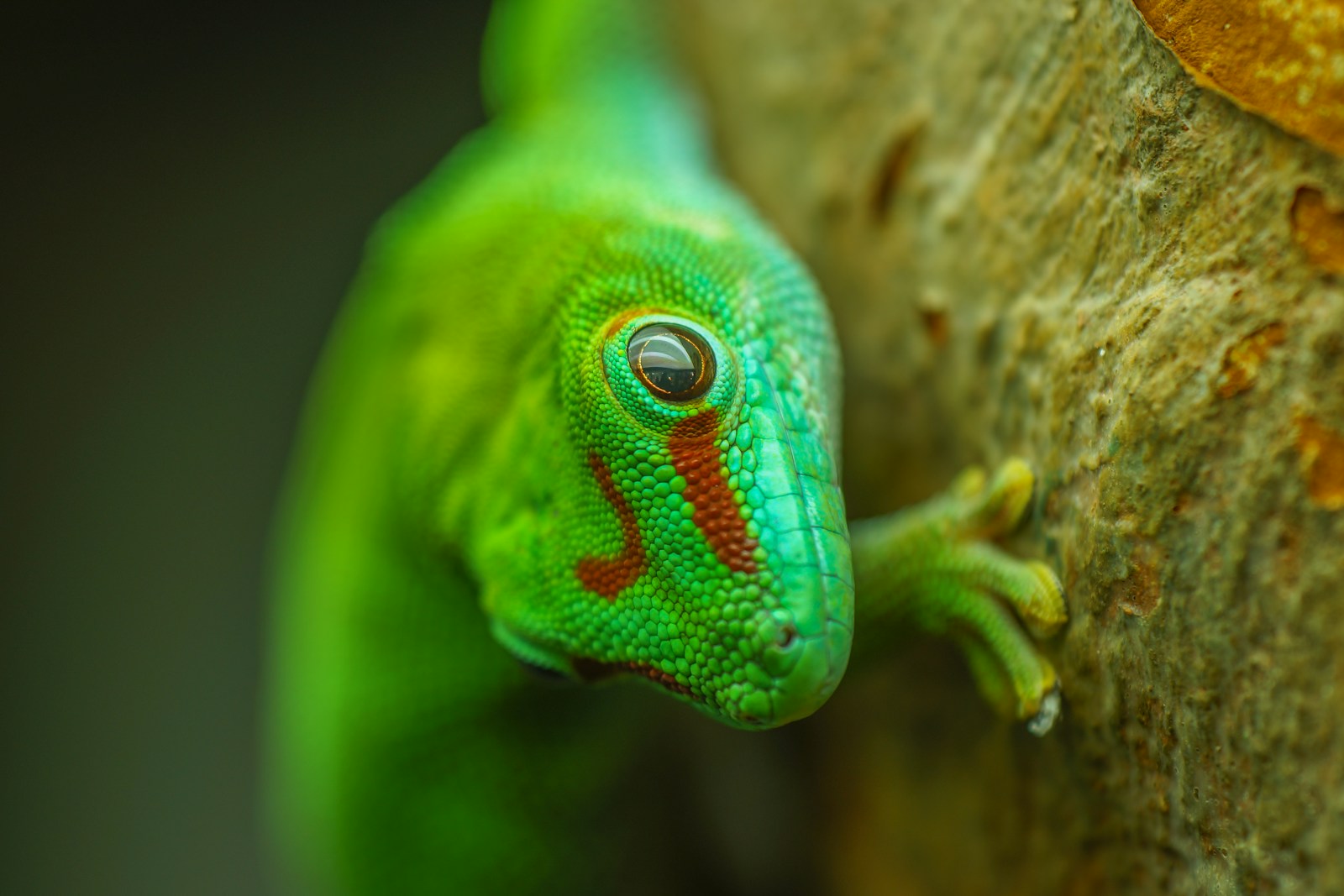
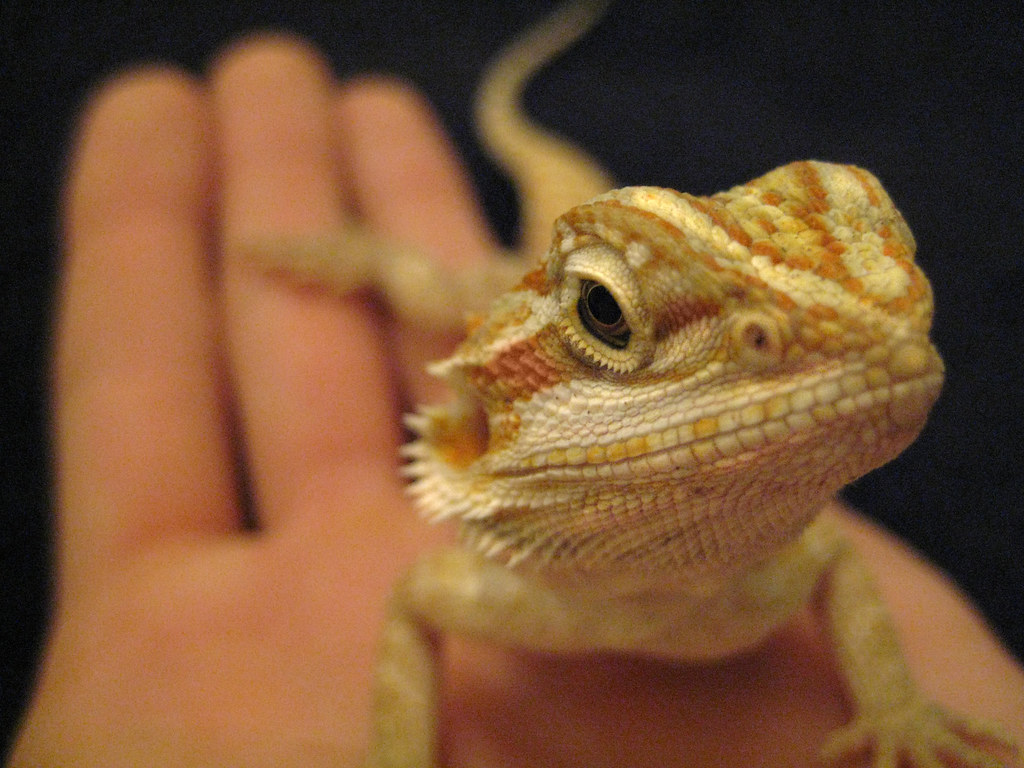


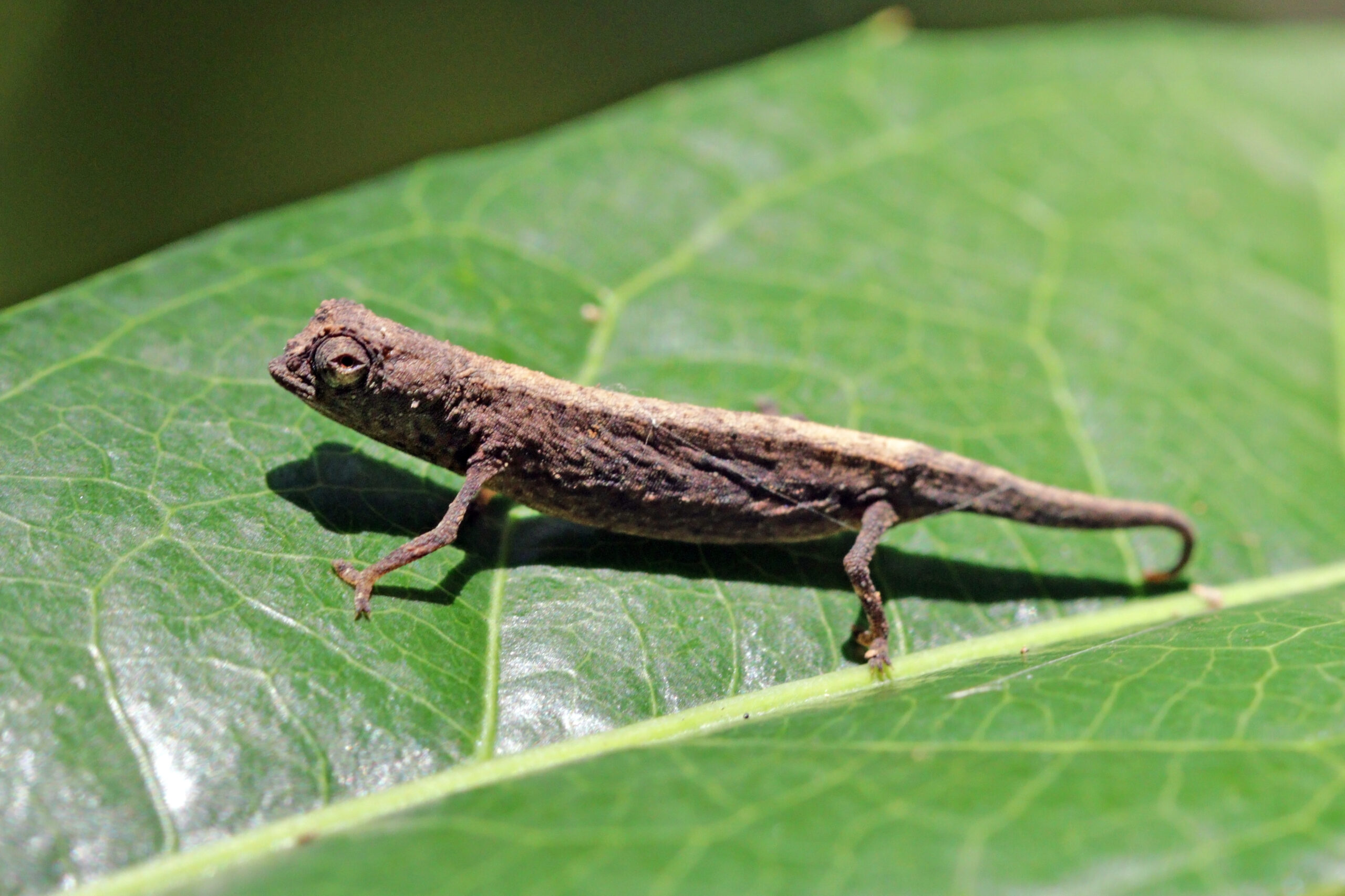




Leave a Reply